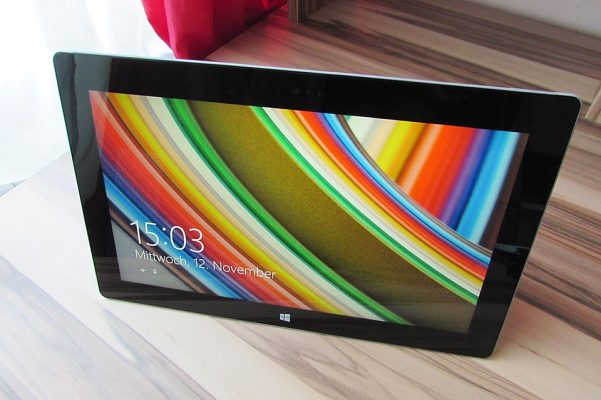Touchscreen News
Top 4 Benefits of Capacitive Touchscreen Technology
While there are thousands upon thousands of different touchscreen devices on the market, nearly all of them rely on either resistive or capacitive technology. Resistive touchscreens are constructed with three layers: an upper layer, bottom layer, and a middle layer that’s comprised with air or a similar inert gas/substance. When the operator presses down on the surface of a resistive touchscreen devices, it squeezes the upper and bottom layers together; thus, calculating the point of touch.
But most manufactures of touchscreen devices prefer capacitive technology over resistive. So, what makes capacitive the preferred choice?
Requires Less Pressure
Because capacitive touchscreens register touch via the human body’s electrical current, they require less pressure to operate than resistive touchscreens. In fact, you can typically operate a capacitive touchscreen simply by dragging your finger across the surface. This is in stark contrast to resistive touchscreens, which often require a firm, medium-pressure press.
Durability
Of course, another key benefit of capacitive touchscreen technology is its strength and durability. Touchscreen devices see a lot of use throughout the years, especially in commercial applications. As such, it’s important to choose a durable touchscreen device that’s able to withstand this use. Capacitive touchscreens are more durable than resistive touchscreens, as dirt and fingerprint smudges won’t affect their function.
Cracked Screens Continue to Function
Let’s hope this never happens, but in the event that your capacitive touchscreen device cracks, it should continue to function. Cracked screens are among the most common type of damage sustained by touchscreen devices. Maybe you drop it on the group, or perhaps a worker “bumps” into it accidentally. Regardless, minor cracks shouldn’t interfere with the function of a capacitive touchscreen device. It will continue to measure the electrical charge produced by the operator, using this information to determine where exactly the touch occurred.
Improved Picture
Last but not least, capacitive touchscreen devices have an exceptional quality picture, thanks to their use of a glass layer. Resistive touchscreen devices use a plastic layer, which does not produce this same high-quality picture. If you’re planning to use the touchscreen device to watch movies, TV shows and/or videos, you’ll probably want to choose a capacitive model for this reason.

